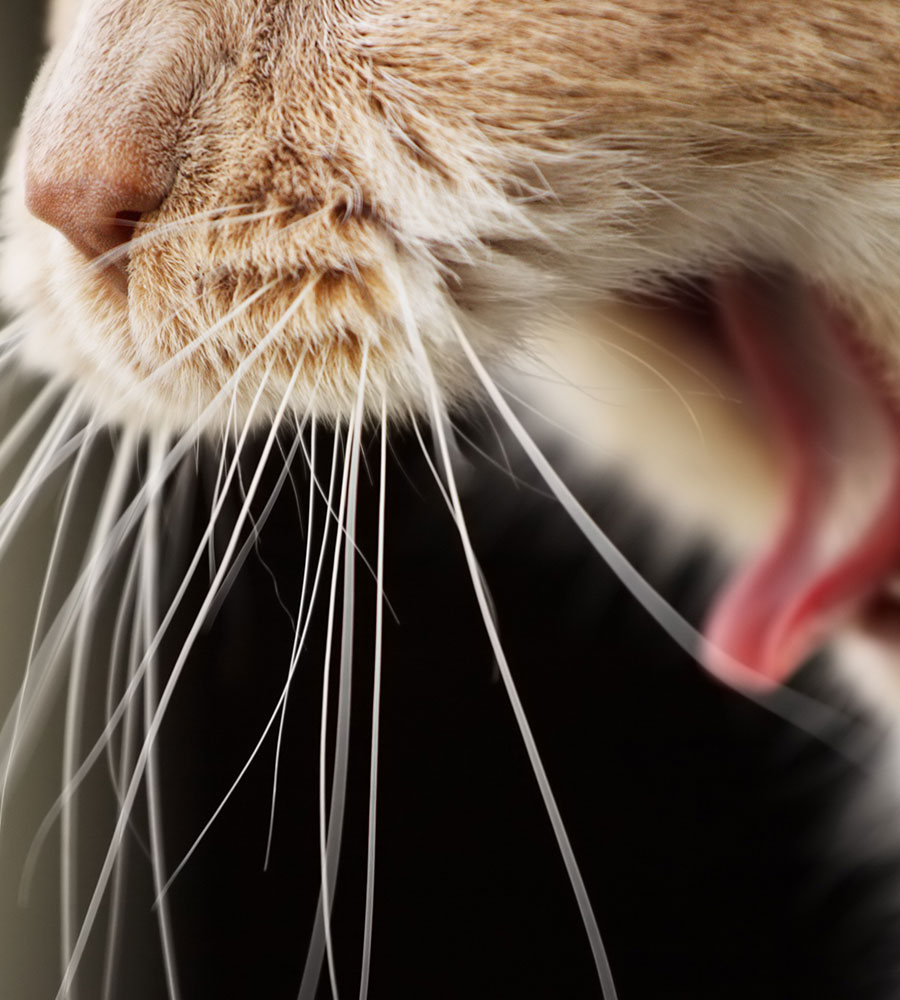Dental Health
Your pet’s oral cleanliness is extremely important for their overall physical health. Over time, tartar and plaque buildup on the surfaces of teeth and below the gum lines causing pain, inflammation, infection, and loosening of the teeth. The bacteria associated with these infected teeth can have several negative effects on the body including cardiovascular disease, kidney disease and decreased brain function. At Heartwood Animal Hospital we are passionate about good oral health because this helps towards having an overall healthy body!


Dental Exam
When your pet comes into Heartwood Animal Hospital for a teeth cleaning procedure, we perform a complete oral exam to identify the extent of cleaning required, as well as any problems that need to be addressed. The examination covers:
- The Oral Cavity
- The Tongue
- The Gums
- The Teeth
- The Throat
- The Oral Cavity
- The Tongue
- The Gums
- The Teeth
- The Throat


Dental Cleaning
A complete dog or cat teeth cleaning involves removing the tartar and plaque buildup from teeth, including below the gum line, and polishing the surfaces of the teeth to reduce future buildup. Our dental suite includes a state of the art digital dental x-ray system to ensure that no hidden sources of pain or disease are present in your pets mouth.
Why Dental Radiographs Are Important
Dental radiographs allow us to see the area beneath the gum line where up to 75% of tooth structure lies. By taking full mouth radiographs, we can more accurately diagnose very common diseases. Studies have shown that dental disease is incompletely diagnosed 70% of the time without x-rays. Common findings using dental radiography include: periodontal disease, tooth resorption, impacted teeth, retained root fragments, dead teeth, broken tooth roots, and abscessed teeth. We generally recommend a set of full mouth x-rays at 6 months of age in conjunction with the spay or neuter procedure or with the first cat or dog teeth cleaning. Follow up x-rays will be recommended based on the type and extent of disease present. Without x-rays, most of our patients would suffer in silence with a painful mouth.
Why Dental Radiographs Are Important
Dental radiographs allow us to see the area beneath the gum line where up to 75% of tooth structure lies. By taking full mouth radiographs, we can more accurately diagnose very common diseases. Studies have shown that dental disease is incompletely diagnosed 70% of the time without x-rays. Common findings using dental radiography include: periodontal disease, tooth resorption, impacted teeth, retained root fragments, dead teeth, broken tooth roots, and abscessed teeth. We generally recommend a set of full mouth x-rays at 6 months of age in conjunction with the spay or neuter procedure or with the first cat or dog teeth cleaning. Follow up x-rays will be recommended based on the type and extent of disease present. Without x-rays, most of our patients would suffer in silence with a painful mouth.


